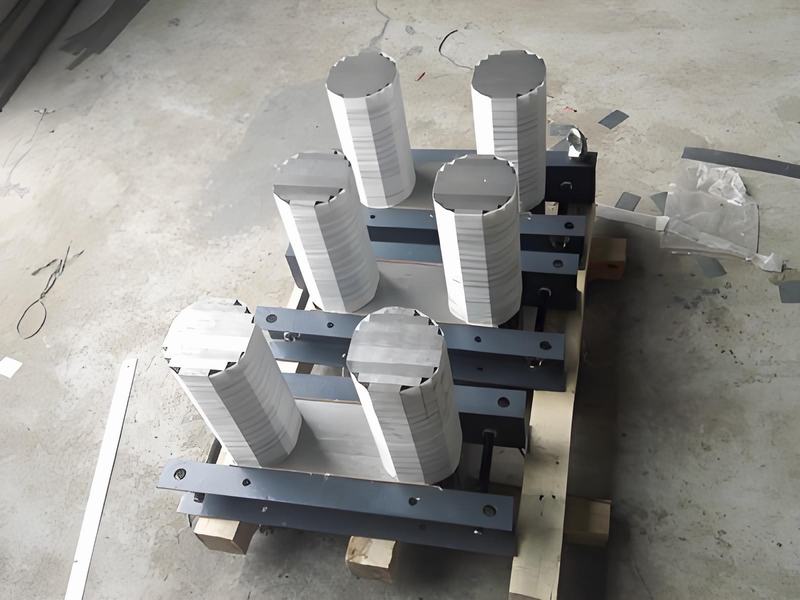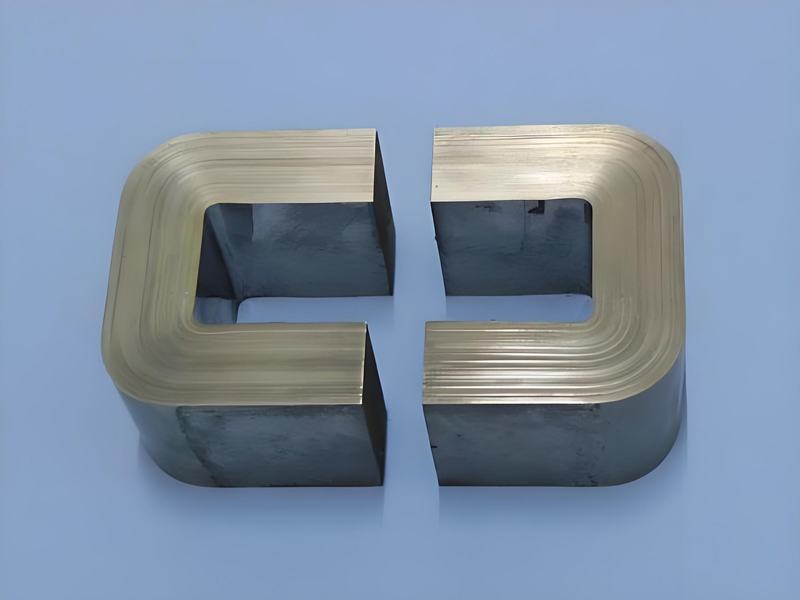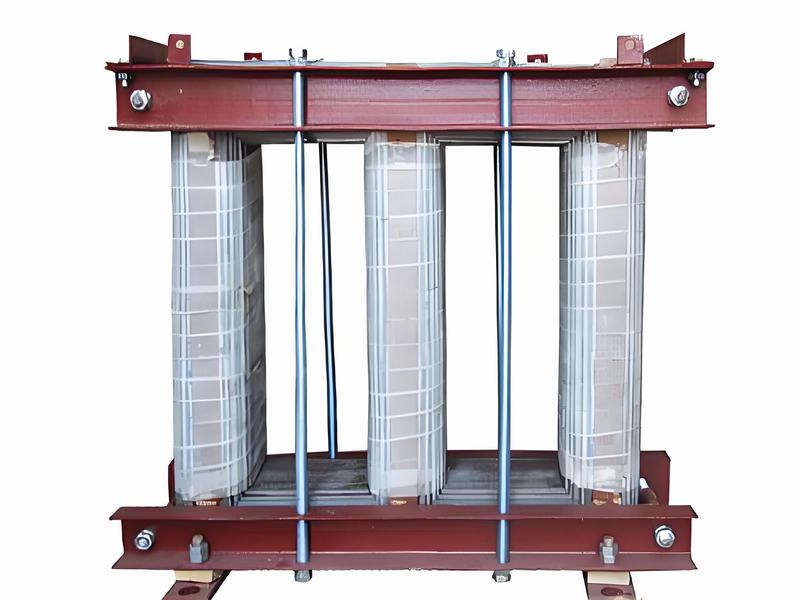
Jernkerne til elektrisk ovnreaktor
In the modern power system and electronic equipment, reactor as an important electrical component, its application is widely used and its role is significant. Reactor mainly plays the role of changing the impedance of the AC circuit, thus realizing the isolation of the circuit, balancing the voltage, enhancing the current, restricting the current, and storing electrical energy and other functions. In this paper, we will elaborate on the definition, role, working principle and application of reactor, aiming to provide readers with a comprehensive and in-depth understanding.

Second, the definition of reactor
Reactor is a major component of the electrical circuit, and resistance, capacitance together constitute the basic components of the circuit. It mainly utilizes the properties of inductance, i.e., when current flows in an inductive coil, a magnetic field is generated, and changes in the magnetic field generate an electric potential, which in turn impedes changes in the current. Reactor is essentially a large inductor, with the function of blocking high-frequency through low-frequency.
Third, the role of the reactor
Isolation circuit
Reactor can isolate the circuit, so that the circuit of the electronic shunt, so as to avoid a large number of electrons in the circuit gathered to reduce the circuit load, to ensure the normal operation of the circuit. In TV sets and other high-frequency appliances, the reactor as an isolation of DC components to prevent DC current flow through, thus preventing the image run-out and other situations.
Voltage Balancing
In power systems, voltage balancing is very important for the normal and stable operation of the power grid. Reactors can be used to balance the voltage and minimize the voltage difference between phases. Capacitors and reactors in the power grid maintain the voltage balance and prevent line overload faults from occurring.
Enhanced Current
When a circuit requires a certain level of enhancement current, the reactor can provide a higher value of current to maintain the stability of the circuit. This enhancement of current is particularly important in power systems to ensure stable operation of the grid.
Limiting current
Reactors can also limit current, and they can be used to limit the amount of current flowing through them, thereby protecting other components in the circuit from damage caused by current overload. This limiting of current is important in protecting electrical equipment from damage.
Storing electrical energy
When a circuit requires a certain level of reserve energy, the reactor can store a certain amount of energy, thus ensuring the normal operation of the circuit. This storage of power is particularly important in power systems to provide a stable power supply when the load on the grid fluctuates.
Improvement of power factor and harmonic management
Reactor is suitable for reactive power compensation and harmonic management system, can improve the power factor, harmonic filtering to inhibit the grid voltage waveform distortion, thus changing the quality of the grid and ensure the safe operation of the power system.
The working principle of reactor
The working principle of reactor is based on the inductive nature of alternating current and energy storage principle. It is mainly composed of a coil and an iron core. When the AC current passes through the coil, a magnetic field is generated, and the change of the magnetic field generates an electromotive force, which hinders the change of the current. This hindering of the current is known as the inductive response, by which the reactor adjusts the impedance of the circuit.
Specifically, the working principle of the reactor can be summarized as follows:
Inductive coupling: the coil in the reactor is inductive in nature and when the current through the coil changes, electromagnetic induction occurs, resulting in an electric potential. This electromotive force hinders the change in current and thus acts as a current control.
Frequency Response: Reactors have different impedances for currents of different frequencies. At low frequencies, the inductor has a large impedance, which can impede the flow of current; while at high frequencies, although the impedance of the inductor still exists, the impedance of the capacitor will increase, which can also impede the flow of current. Therefore, by adjusting the parameters of the reactor, the control of current at different frequencies can be realized.
Energy storage: When the power supply is activated, the AC current flows through the coil generating a transforming magnetic field which causes a change in the current in the coil, thus impeding the flow of the AC current. This obstruction of the current actually serves to store electrical energy in the magnetic field. When the direction of the current changes, the magnetic field changes accordingly, releasing the stored energy and creating a reverse electromotive force to impede the change in current. This process of storing and releasing energy enables the reactor to change the impedance of the circuit.
Fifth, the application of reactor
Reactor in the power system, electronic equipment and industrial control have a wide range of applications. In power systems, reactors are used in substations, transmission lines, etc., to stabilize circuits and improve the quality of power grids; in electronic equipment, reactors are used to suppress noise and electromagnetic interference; in industrial control, reactors are used to control motors when they are started and stopped, and so on.
VI. Conclusion
To summarize, as an important electrical component, the reactor plays an irreplaceable role in power systems and electronic equipment. It realizes the functions of circuit isolation, voltage balancing, current enhancement, current limitation, and storage of electrical energy by changing the impedance of the AC circuit. At the same time, the working principle of reactor is based on the inductive nature of alternating current and the principle of energy storage, and the control and optimization of the circuit is realized through the mechanisms of inductive coupling, frequency response and energy storage. With the continuous development of power systems and electronic equipment, the application prospects of reactors will be broader.


